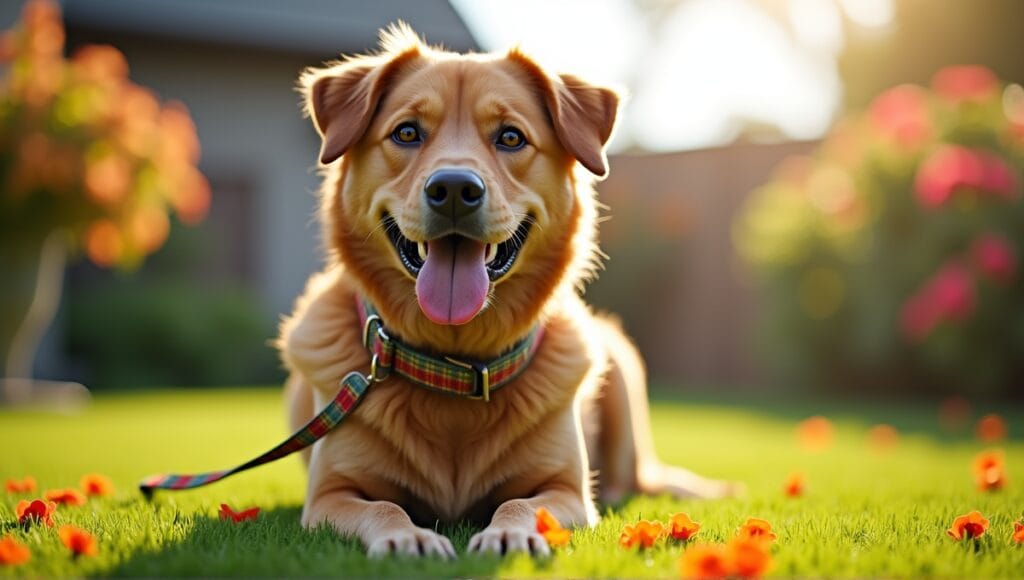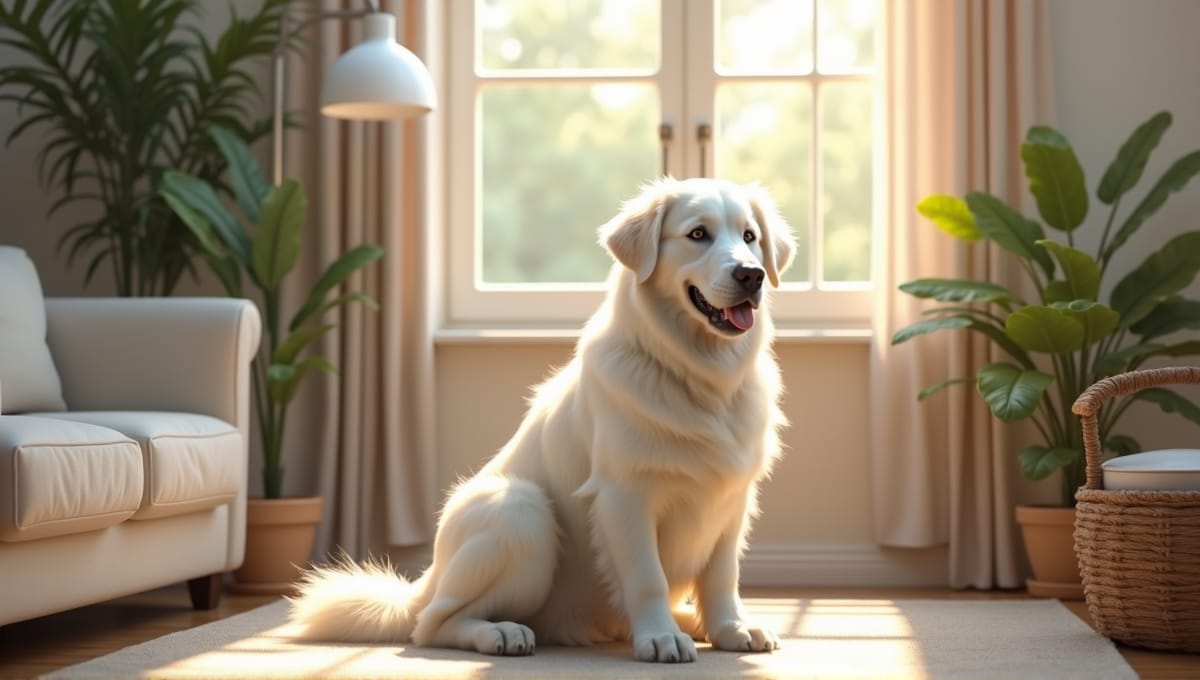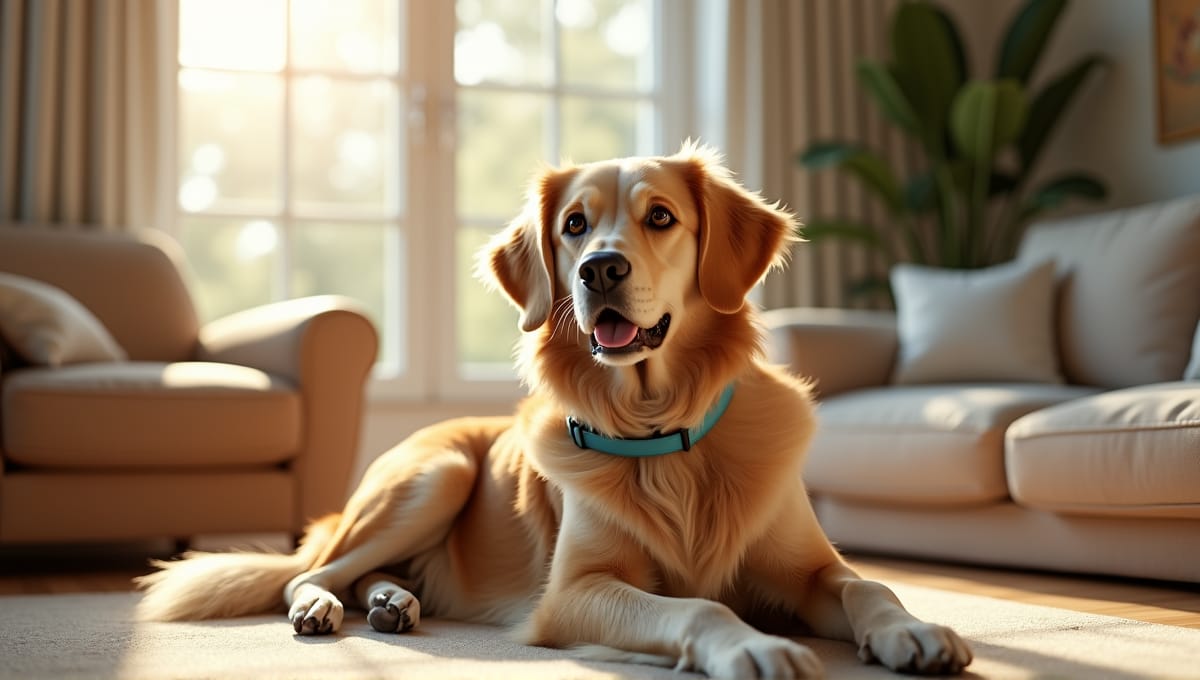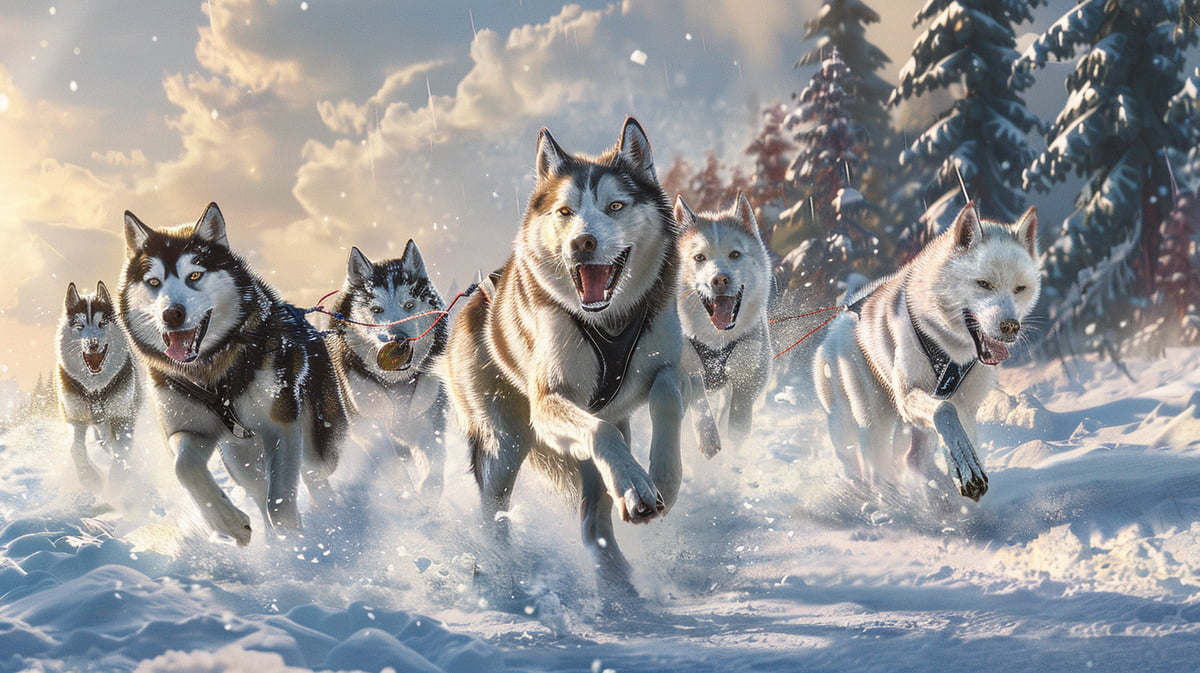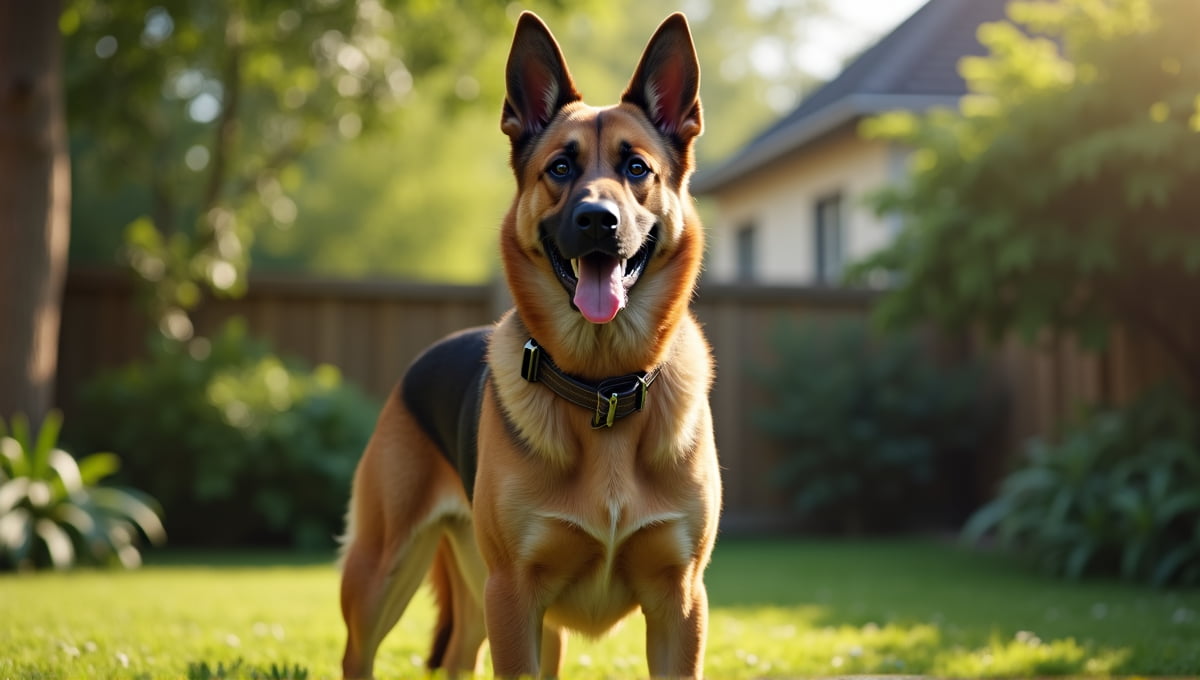Being a passionate dog enthusiast and having grown up with plenty of active pups, I’m very familiar with both the rewards and frustrations of caring for big dogs.
Ensuring your large canine companion stays healthy demands a deep understanding of their nutritional needs, exercise needs, and common health problems. So, let’s discuss how to ensure you provide the best care for your big dog.
Understanding Big Dog Breeds

Big dogs are wonderful animals to have in your life. I’ve been around these enormous animals for years and can confidently say they are truly amazing. Large dogs typically range from 50-90 pounds, while giant breeds weigh over 90 pounds. These incredible creatures have their own unique set of traits and requirements. If you’re looking for a big dog that’s also easy to care for, you might consider low maintenance guard dogs.
- Large breeds: German Shepherds, Labrador Retrievers, Golden Retrievers
- Giant breeds: Great Danes, Mastiffs, Saint Bernards
Big dogs are known for their strength, loyalty, and often their relaxed personality. They are excellent family pets and working animals. However, they do require more space, food, and energy compared to smaller breeds.
Before you bring a big dog into your home, take a look at your living situation, lifestyle, and budget. These dogs need space to roam, regular exercise, and can be quite expensive to feed and maintain. But if you’re ready, the benefits of owning a big dog are endless.
Exercise Requirements for Big Dogs

Exercise is essential for larger dogs. I’ve witnessed the difference adequate exercise can make in a dog’s health and behavior. Larger dogs require 30 minutes to two hours of exercise per day, depending on the breed and the specific dog.
Walking, running, swimming, and playing fetch are all great options for larger dogs. Vary the activities to keep your dog interested. A bored dog will likely become destructive.
Younger adult dogs will generally require the most exercise. As your dog gets older, you’ll need to modify the intensity and duration of the exercise. Look for any signs of exhaustion and always bring water.
Also, keep in mind that exercise is about more than just physical health. It’s also an excellent opportunity to bond with your dog and provide mental stimulation. A dog that’s tired from an adequate amount of exercise is a happy dog, and a well-exercised larger dog will be an excellent companion.
Nutrition and Feeding Guidelines

Good nutrition is the cornerstone of your large breed dog’s health. Large breed adult dogs have specific nutritional requirements. For starters, they need fewer calories per pound of body weight than small breeds – roughly 20 calories per pound per day versus 30-40 for small dogs.
Opt for a high quality dog food designed specifically for large breed dogs. Look for options that contain:
- High quality protein
- Limited fat
- Glucosamine and chondroitin
- Balanced calcium and phosphorus
Feed your dog two times per day as this can help prevent bloat, a common issue in large breeds. Use a measuring cup to ensure you don’t overfeed them. Also, as is the case with humans, watch your dog’s weight and adjust portion sizes accordingly. Each dog is different, so consult with your veterinarian to determine the best feeding plan for your large breed dog.
Big Dog Puppy Care
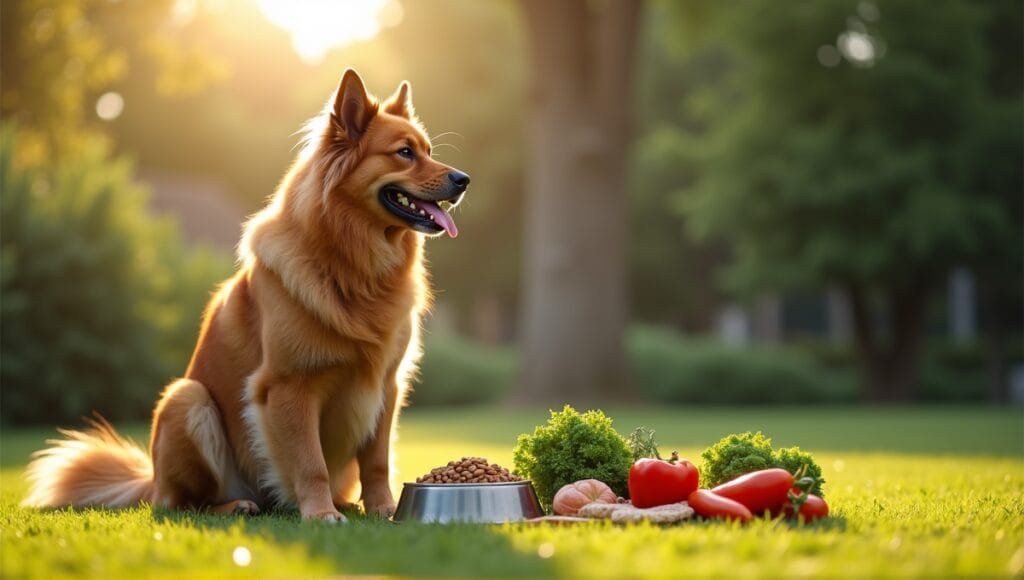
Big dog puppies require special care. These puppies grow very quickly and ensuring they receive proper nutrition is important for their healthy development. Large breed puppy food is designed specifically for large breed puppies and should be fed until they are about 80% of their adult size (usually about 8-10 months for large breeds and 12-18 months for giant breeds).
Pay close attention to your puppy’s growth rate. If they are growing too quickly, you may start to see joint issues crop up later in life. Your vet can help you monitor this.
While raising a puppy, socialization is key. Introduce your puppy to many different people, animals, and experiences to minimize any fear or aggression problems as an adult.
Be mindful of exercise. Puppies do need some activity, but too much high-impact activity can damage their developing joints. Keep play sessions short and avoid any intense exercise like running with your puppy.
Grooming Needs for Big Dogs
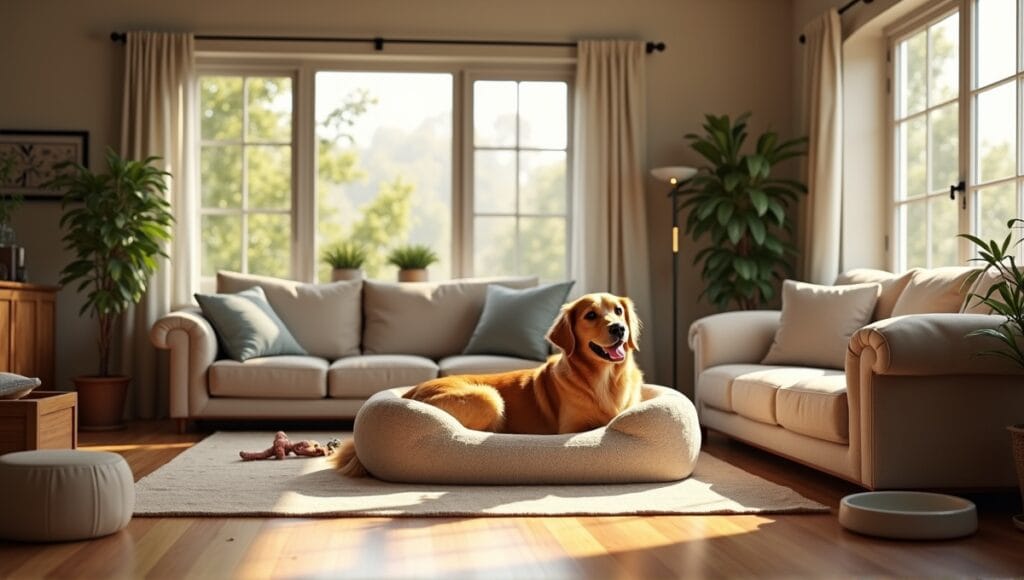
Grooming larger dogs can be more work, but it’s important for their overall health and comfort. Regular grooming helps their coat stay healthy, reduces shedding, and allows you to check for any skin problems. If you’re looking for a large dog that doesn’t shed much, consider large dogs that dont shed.
- Short-haired breeds: Use a rubber curry brush once a week.
- Long-haired breeds: Use a slicker brush and comb daily.
Bathe your large dog every 2-3 months, or as needed. Use a dog shampoo and be sure to rinse thoroughly. Too much bathing can dry out their skin.
Trim their nails regularly. If you can hear your dog’s nails clicking on a hard floor, it’s time to trim them. Long nails can be uncomfortable and even affect a dog’s gait.
Don’t overlook dental care. Brush your dog’s teeth a few times per week. Dental disease is one of the most common health problems in dogs—and it can cause other serious health problems.
Health Concerns in Big Dog Breeds

There are some common health problems that big dogs experience. The lifespan of large dogs is 8-12 years less than that of small dogs, and they tend to suffer from:
- Hip and elbow dysplasia
- Bloat (gastric dilatation-volvulus)
- Arthritis
- Heart disease
Regular veterinarian visits are important to catch these problems early. Stay current on vaccinations and parasite prevention.
Look for any signs of pain or behavior changes. Larger dogs tend to be stoic, so be proactive about addressing any discomfort. Catching health issues early and managing them can significantly improve a big dog’s quality of life.
Training and Socialization

Training a large dog is key. A well-trained large dog is a delight to have in your home. Start with the basics of obedience training, such as sit, stay, and come. Use positive reinforcement training, as treats and praise are very effective.
Leash training is especially important for large dogs. Train your dog to walk calmly beside you without pulling. This will make your walks much more enjoyable and prevent any accidents.
Socialize your dog to avoid fear and aggression. Introduce your dog to various people, animals, and environments. This will help your dog feel confident and become a well-adjusted adult dog.
Deal with any behavioral problems immediately. Jumping, excessive barking, and resource guarding are all behaviors that can be challenging with a large breed. Get professional help if you need it. If you’re interested in training your dog for protection, you might want to learn about guard dog training.
Living with a Big Dog

It’s important to provide a comfortable sleeping area for your big dog. They should have plenty of space to move around and stretch. You can also set up a large, sturdy bed in a quiet location.
Big dogs can access higher areas than you’d think, so make your house dog-proof by securing trash cans, storing food out of reach, and removing any hazardous items.
Many big dog breeds drool and shed, so be sure to keep towels nearby and invest in a quality vacuum. You can also reduce shedding by grooming your dog. And don’t forget to groom your big dog!
Traveling with your big dog requires more planning, as they’ll need more space in the car and it can be difficult to find pet-friendly lodging. With a little extra preparation, however, many big dogs are great travel companions.
Don’t forget that most big dog breeds don’t reach social maturity until 12-18 months of age. Just be patient with your big puppy during the “teenage” years, and he’ll make a great adult dog with your support and love.
Before We Go
Large dogs provide great happiness and friendship, but they require proper care, exercise, and food to be at their best. With the right information and dedication, you can give your large dog an excellent life. Just keep in mind that owning a large dog is a big responsibility. Yet, the love and devotion they provide more than justifies it. Your big teddy bear will be a loyal friend for many years.


